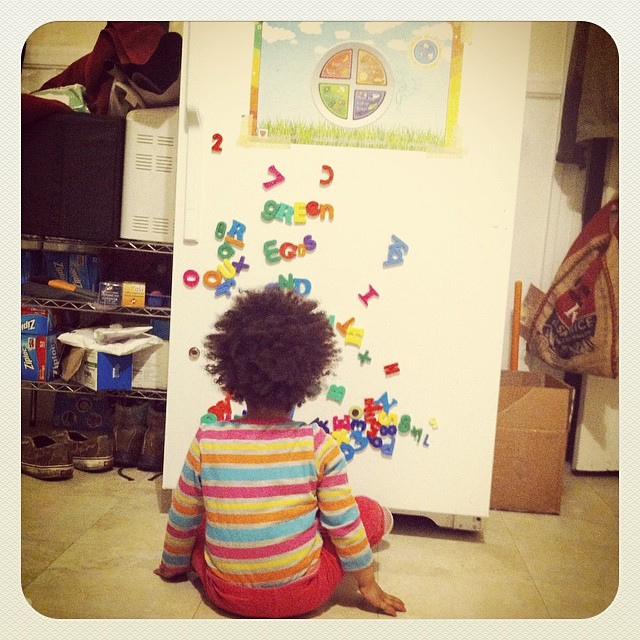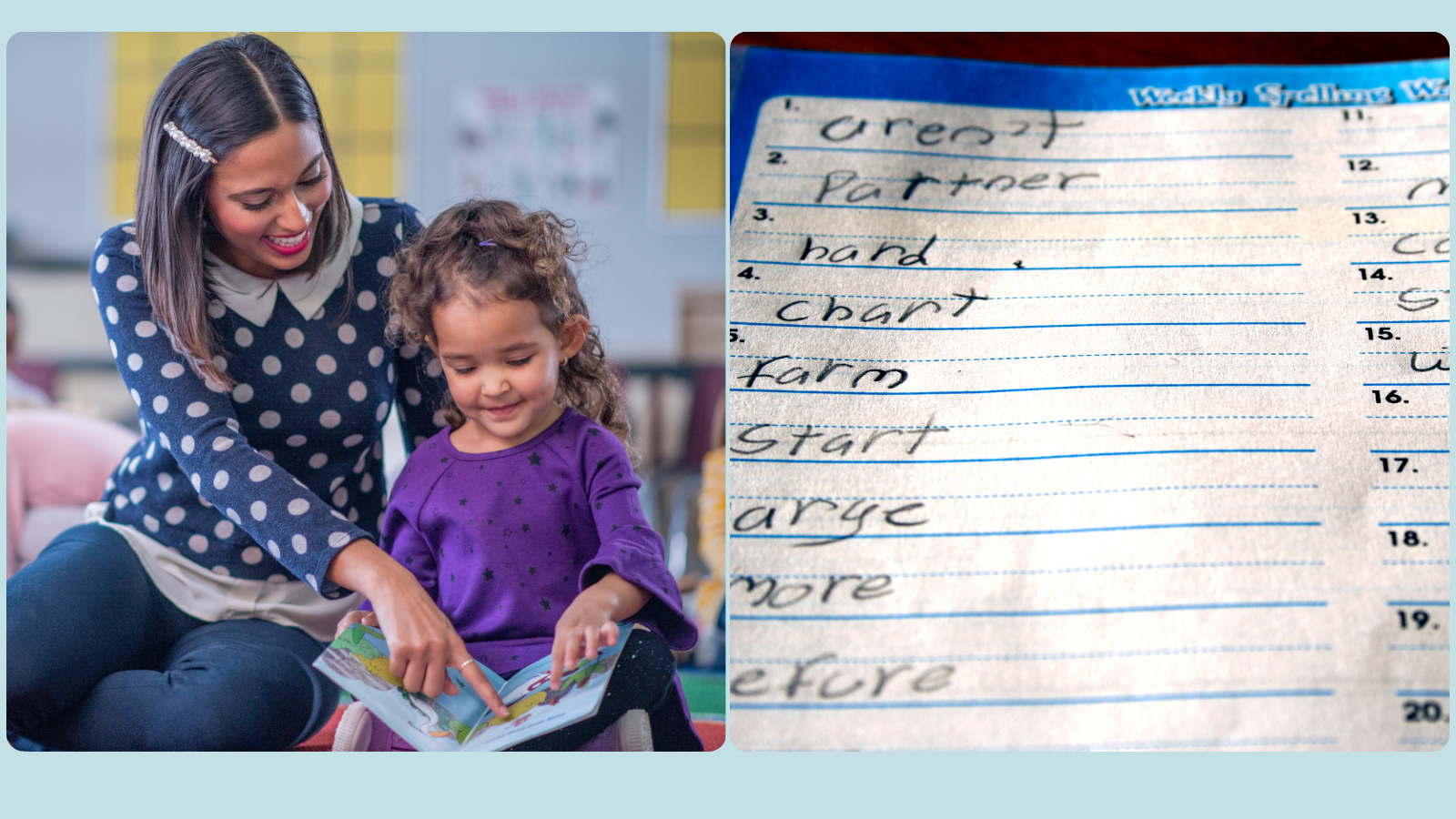Why is English spelling so hard? Why and how should we teach it?
Literacy involves three skills: reading, writing and spelling. But many literacy programs focus only on reading and writing.
Lots of us – including the Oxford English Dictionary – define literacy as the ability to read and write. But spelling is an additional, separate skill from reading or writing.
In some ways, spelling is harder than reading or writing:
- There are far more spellings for a sound than pronunciations for letters. There is only one way to pronounce the word spelt by the letters s-e-e-p. But there are several ways of writing the sounds /si:p/, e.g. seep, seap, sepe, siep, and seip.
- Spelling lacks the automaticity we associate with handwriting or typing. For example, most people can write their signature and high frequency words like “the” without thinking about it. But, more than 30 years after learning the words, I still have pause and think when spelling “occasion”, “embarrass” or “harassment”.
Why is spelling in English so hard?
I get asked this a lot – especially by young students. As David Crystal tells us in his excellent book “Spell it Out”, there are actually lots of reasons, including the following:
- There are only 26 letters in our alphabet, but we have up to 44 different speech sounds in English.
- In Early Anglo-Saxon England, the monks decided to use the 23 letter Roman alphabet to develop the English writing system. Adapting the Roman alphabet to English meant adding what ended up being additional letters, including some Anglo-Saxon letters, including Germanic letters called eth, thorn, ash and wynn.
- English spelling inherited weaknesses of the Old English alphabet: (1) some letters had more than one sound; and (2) some sounds were shown by 2+ letters.
- Various strategies were used by different writers to show long vowels – sometimes double vowels were used, sometimes a “silent e” was added, sometimes additional vowel letters were added (e.g. meat, piece).
- Some first writers in English showed short vowels in content words by doubling the following consonant (e.g. lass).
- After the Battle of Hastings in 1066, the victorious Normans introduced lots of spelling exceptions to basic rules, and even replaced some of the letters of the alphabet including thorn, eth, and wynn (ash – ae – would survive until the 13th century, and can still be seen in the British English spelling of words like “encyclopaedia”, “paediatrician”, and “aednauseum”). This caused lots of problems.
- Additions of suffixes in English (e.g. ance, ity, ment, tion) change the pronunciation of the root word by changing the stress pattern. Scribes kept the spelling of the root words the same, even though the pronunciation was different.
- In the 16th century, Latin was held in such high regard that writers started spelling English words as they were in Latin. They also changed the spelling of words they thought looked “too Anglo-Saxon”, to make them look more French. More problems ensued.
- Several Old English words had their spellings changed by French scribes even though they contained letters used in French. Some new spelling patterns were the result, e.g. “ce” and “que” suffixes, replacement of some “th” spellings with “d” (e.g. in “murder”, formerly “morther”).
- Sometimes Old English sounds began to be used in new word positions. The old spelling would not always work, which led to some changes, e.g. the introduction of the letter “j” before long vowels (as in “jewel”).
- Some of the consonants in Old English began to be used in new ways to distinguish words, e.g. /s/ and /z/ to distinguish “bus” from “buzz”, /f/ and /v/ to distinguish “save” and “safe”.
- The style of handwriting used by medieval scribes caused some sequences of letters to look identical. Workarounds had to be found, which lead to some irregular spellings, e.g. “flying”.
- Homonyms sometimes were distinguished by different spellings, e.g. you, ewe, yew, and U.
- Older spellings were sometimes changed to conform to patterns used in other words. Lots of words contain gh, sh, th and ch. This is why we have lots of words beginning with a “wh” (like “who”, “what”, “whistle”) when we actually pronounce them “hw” or “w”.
- In the late Middle English period we had the 200 year Great Vowel Shift (beginning in the early 15th century) when people started to say vowels further toward the front of the mouth. All the long vowels changed and the spelling of all words with a long vowel was affected. But short vowels were unaffected. As a result, the spellings of many words no longer reflect the sounds.
- The arrival of printing in the 15th century brought a greater degree of order to spelling than had existed with the monks and scribes. But different printers used difficult spellings.
- During the 16th century, people turned to the study of word origins – etymology – to try to regularise English spelling. This resulted in lots more silent letters, e.g. in “island”. Different etymologies also explain many tricky words, e.g. privilege, precede, deign, dependant/dependent, stationery/stationary. They also explain the different spellings of the “sh” sounds in spatial, facial, and emotion.
- English spelling was shaped by influential dictionary writers, including Dr Johnson and Noah Webster.
- English spelling was further refined by the big publishing and printing companies, many of which developed style guides (e.g. The Times, The Chicago Manual of Style, or the Oxford University’s Hart’s Rules).
- Many regional differences in spelling have developed and continue to develop, e.g. colour/color, and the use of the “ise/ize” suffix.
- Corporate names and marketing efforts have had an effect on spelling, e.g. words like “FaceBook”, “lite” and “thru”.
- A new source of spelling variation is the Internet. Although many decry its influence, some think it may help simplify irregular spellings over time.
How should spelling be taught? A short history
Throughout history, educators have taken different approaches to spelling instruction:
- In the 16th century, the general assumption was that, once a child had learned to read, the ability to spell would automatically follow. Even as late as 1750, Lord Chesterfield was advising his son that “[r]eading with care will secure everybody from false spelling.”
- By the 18th century, the prevailing view was that spelling had to be taught formally. Letter-naming, word tables, spelling rules, word lists, spelling memory drills and spelling bees became common.
- At the end of the 19th century, Joseph Mayer Rice published an influential study called “The Futility of the Spelling Grind” and the Rational Spelling Book – which showed there was no relationship between the amount of time spent learning spelling and spelling ability. These and other works along the same lines convinced many educators that there had to be a better way than memorising lists of unrelated words.
- During the 20th century, the idea resurfaced that increasing the quantity of reading is the best way of improving spelling, and the focus shifted back to reading. But some interpreted this idea as suggesting that correct spelling was unimportant.
- And the debate rages on.
My view
No-one is born with an ability to spell. Everyone has to learn how to do it. The key question is how to do it most effectively.
I’d argue that the best way for children to learn spelling is to incorporate elements of both the approaches above:
- Spelling should be explicitly taught. Spelling principles and lists can be helpful if they are the right principles and lists.
- Word lists should contain:
- high frequency, relevant words that children will actually use to write; and
- groups of related words (word families).
- spelling is about internalising letter sequences in words. To this end:
- children should be encouraged to read as much as possible – and not just formal texts – anything. The more children see spellings – whether regular or irregular – the more readily they will start to use them in their writing.
- children should be taught to use dictionaries and thesauruses to build their own lists of words that matter to them; and
- children should be told stories about word origins to help them remember how to spell them, e.g. “annus” means year in Latin, hence “annual”, “ped” means foot, hence “pedicure”, “phot” means light and “graph” means “writing” in Greek, hence “photograph”.
- Rather than talking about rules with lots of exceptions, teach children principles of spelling probability, e.g. “q” is almost always followed by a “u”, English words don’t usually end in a “v” or a “u” – hence the need to add a silent “e” to words like “have” and “blue”, and a silent “e” at the end of a word often makes the vowel long (the so-called “bossy e”).
- Spelling is often described as a bridge between reading and writing. Therefore, when providing phonics-based reading instruction, children should also be taught:
- all the sounds each letter can make, e.g.:
- the letter “c” can say /k/, as in “cat”, or /s/ as in “circle”, “ceiling” and “cycle”;
- the letter “o” has three sounds, as in “dot”, “dope” and “do”; and
- the letter “y” has three sounds, as in “yellow”, “my” and “valley” – the latter two are needed because English words do not often end it the letter “i” (which also makes those sounds); and
- high-frequency letter sequences and the sounds they make, e.g.:
- “ck” says /k/, and is never used at the start of a word;
- “kn” says /n/, “ph” says /f/, “er”, “ir”, “ur”, and “ear” all say the “er” sound, “or”, “aw”, “au” and “augh” all make an “or” sound, and “oo” has two sounds, as in “foot” and “boot”,
- all the sounds each letter can make, e.g.:
so they can think about spelling options for unfamiliar words.
Related articles:
- When assessing Kindergarten and Year 1 students for reading difficulties, we should always test spelling. Here’s why
- Should we spend time teaching our kids to spell? If so, how, and what should we teach them?
Principal source: Crystal, D. (2012). Spell it Out. The Singular Story of English Spelling. Profile Books, London.
Image: http://bit.ly/1T08QtO

Hi there, I’m David Kinnane.
Principal Speech Pathologist, Banter Speech & Language
Our talented team of certified practising speech pathologists provide unhurried, personalised and evidence-based speech pathology care to children and adults in the Inner West of Sydney and beyond, both in our clinic and via telehealth.








